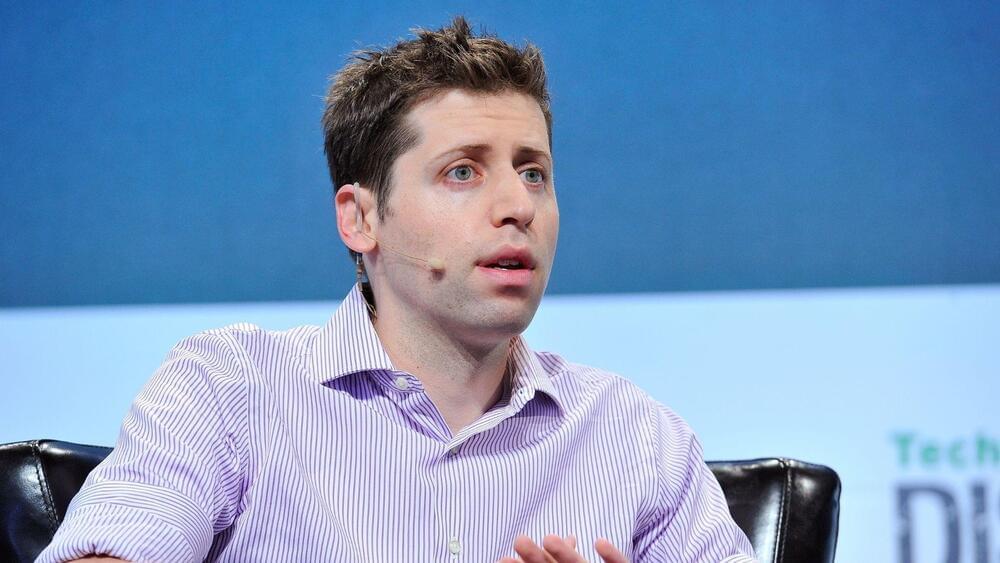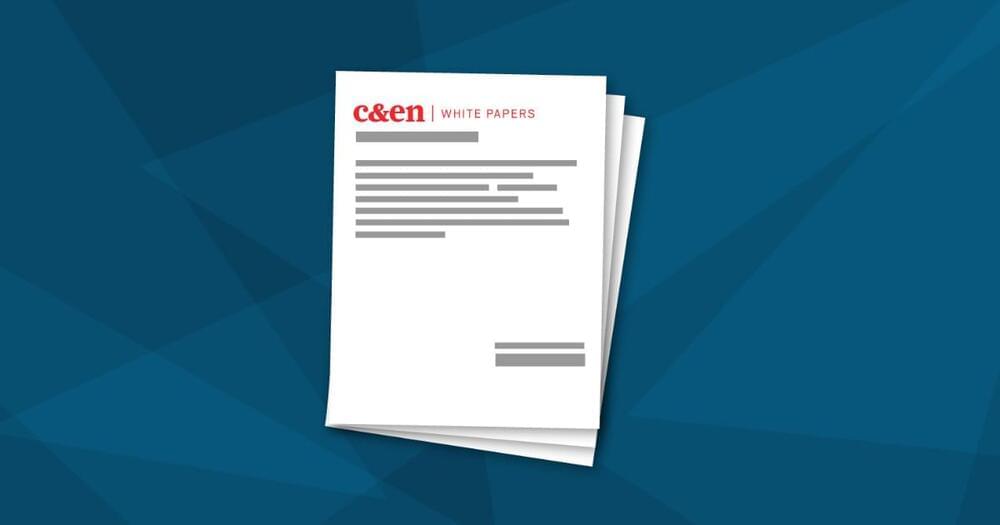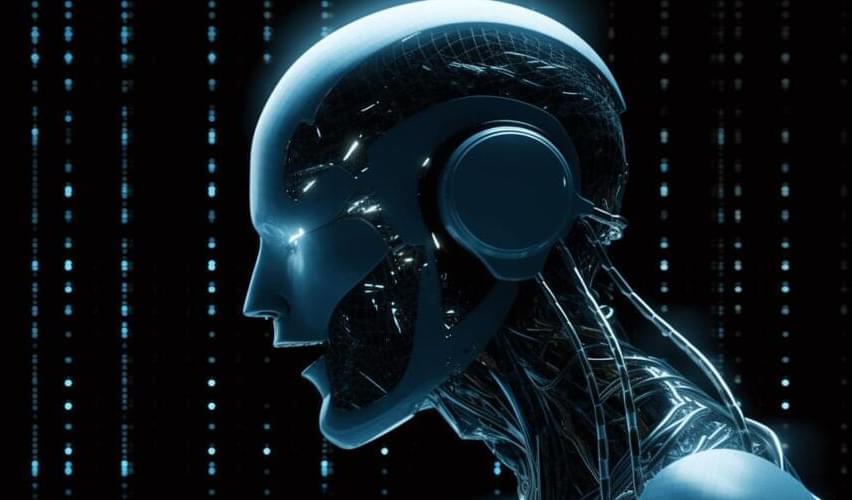It’s the first of its kind model and it can suggest countermeasures for dealing with natural disasters.
Global warming is causing more and more natural disasters which often lead to devastating consequences including loss of life. These take the shape of extreme weather events such as heavy rainfall, droughts, tsunamis, cyclones, landslides, avalanches, earthquakes and forest fires.
Now, civil engineers at Monash University have conceived of a first-of-its kind software called GeoXPM that can not only predict where a geo-disaster might occur but also assess the event’s impact on its surrounding environment in order to mitigate its consequences. This is because the model can make suggestions of next steps to take to avoid dire loss of life and save as much property as possible.









